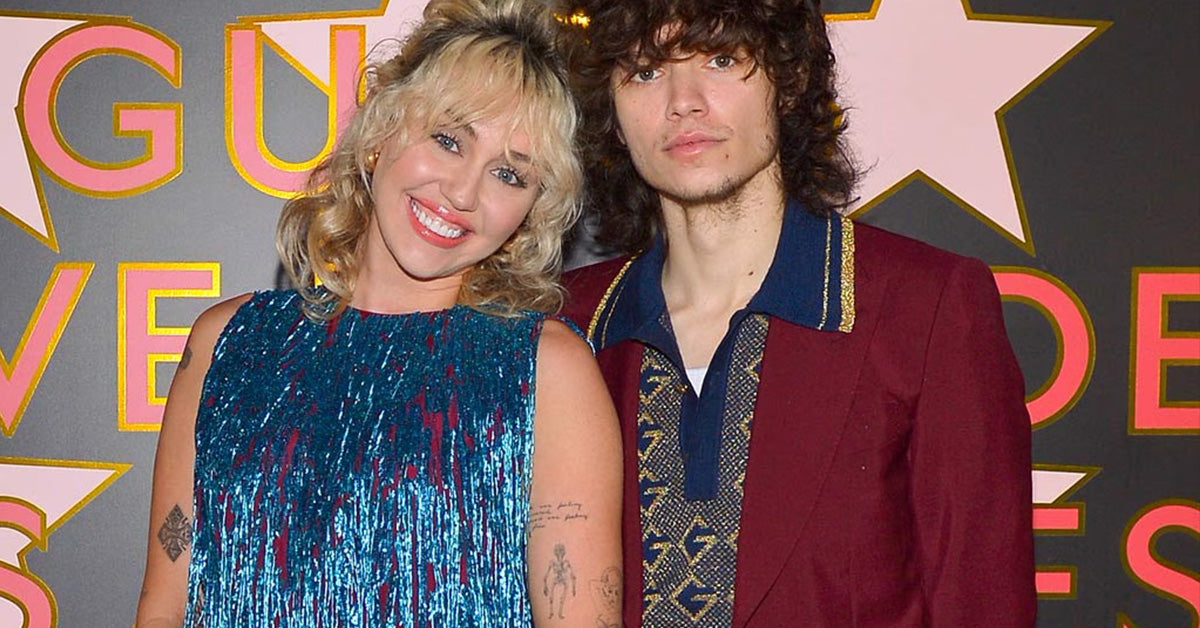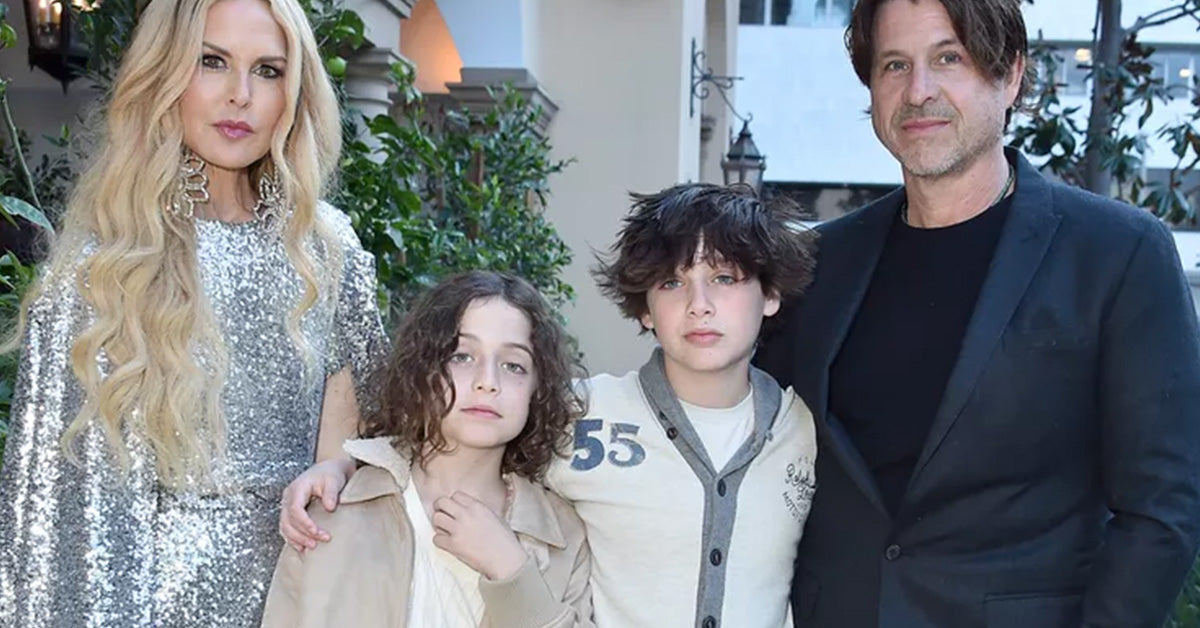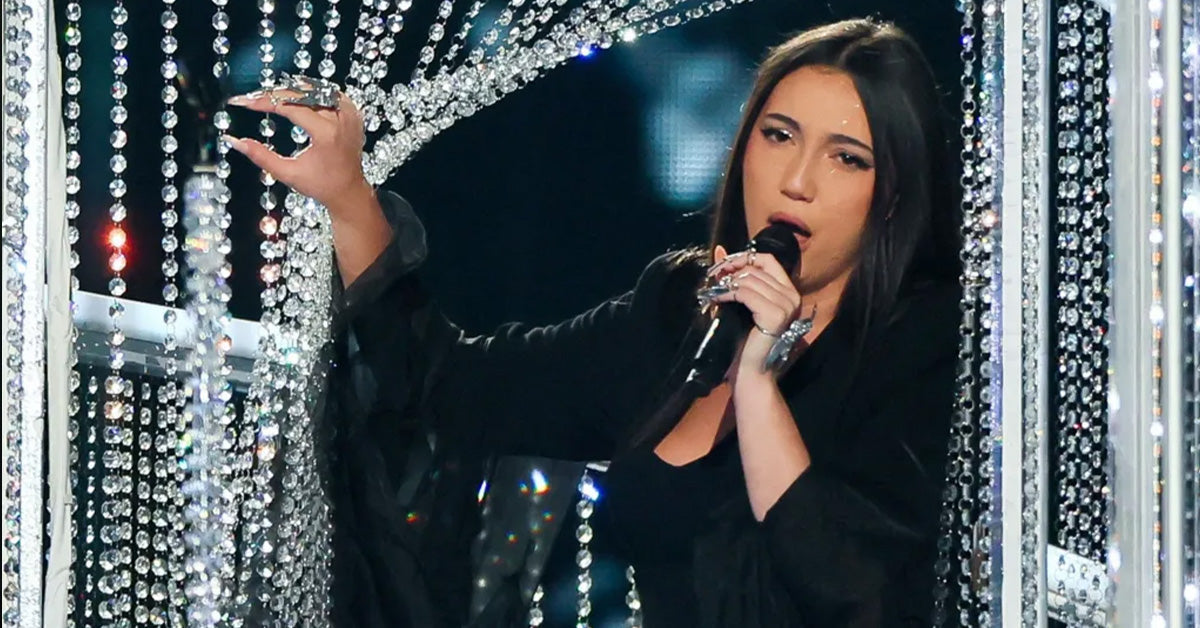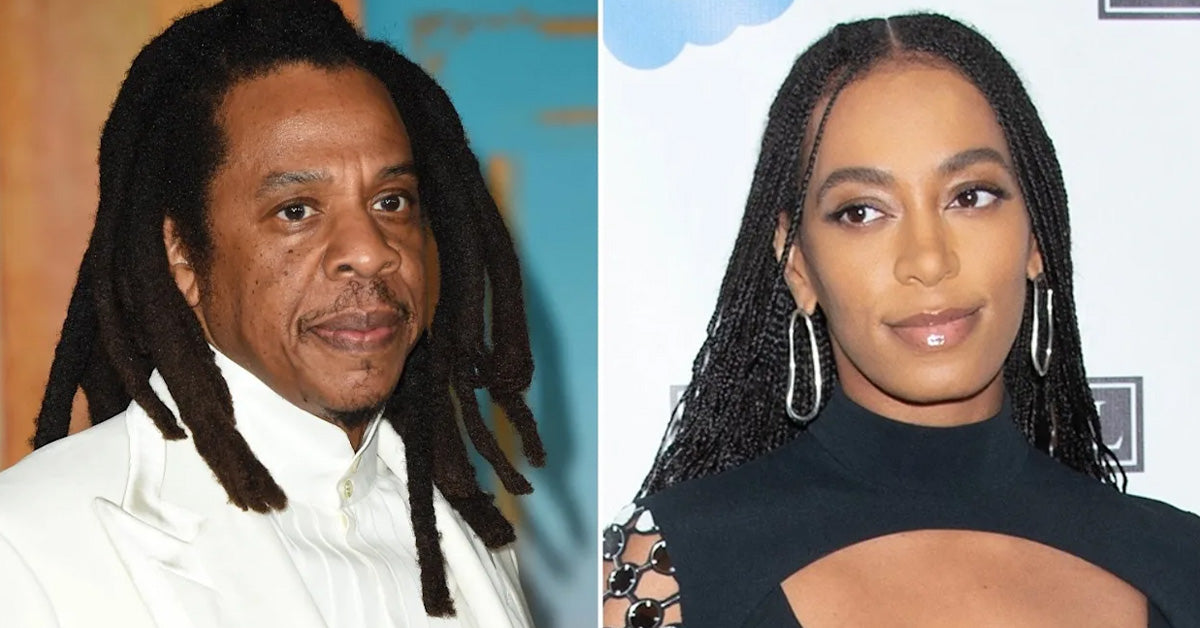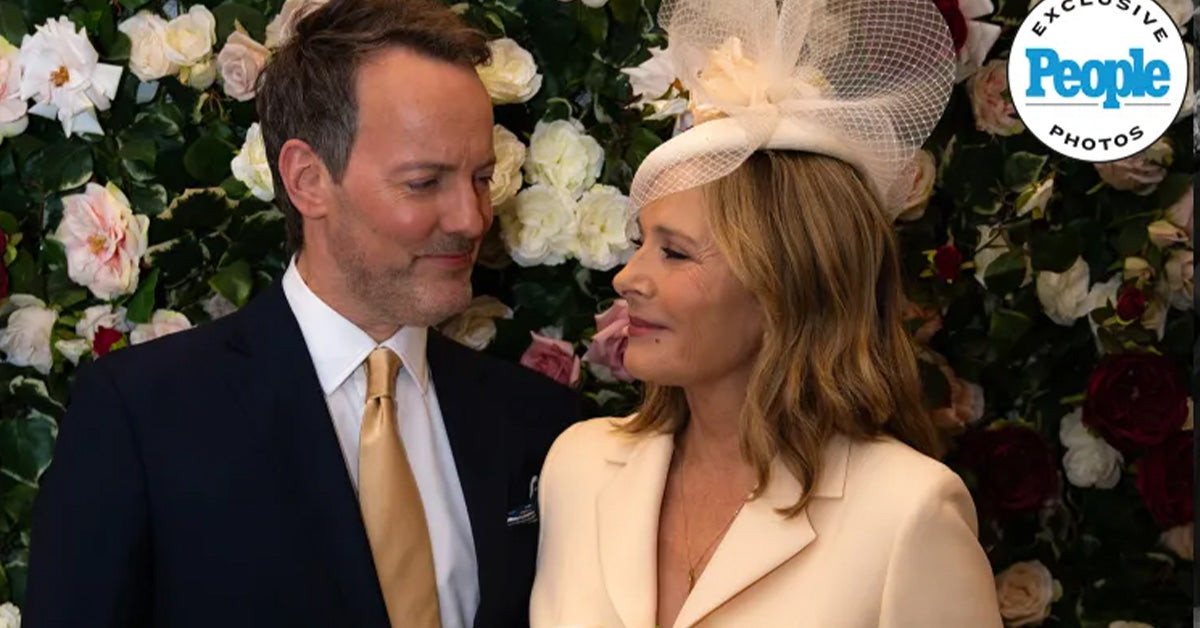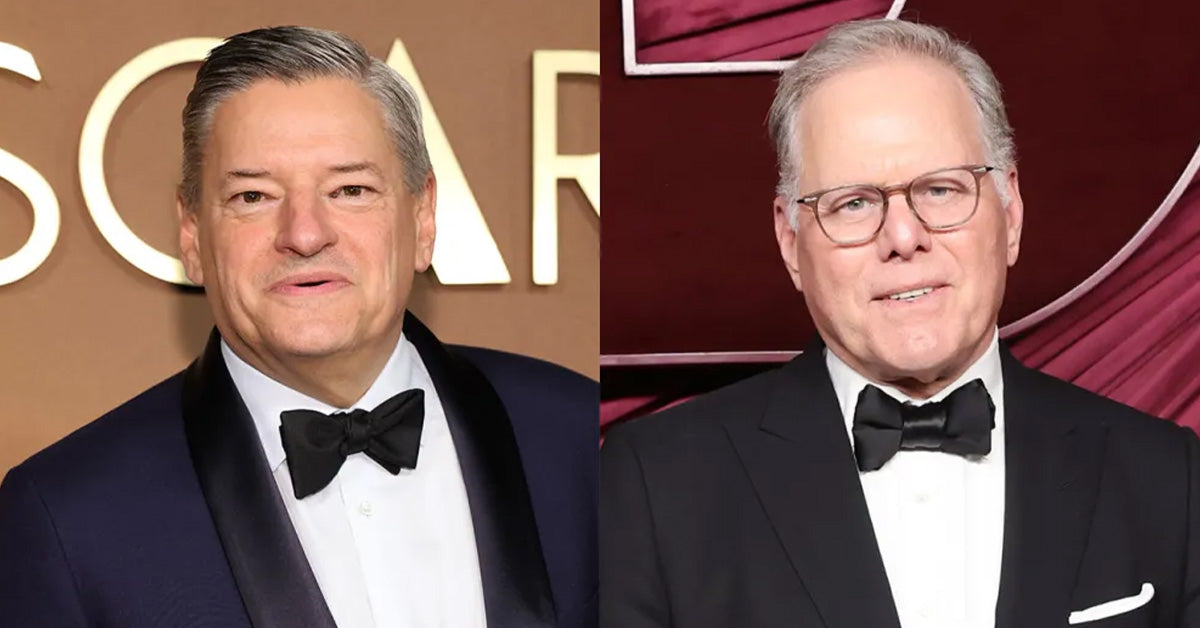Coachella, the iconic music and arts festival, has long been a cultural phenomenon, blending music, art, and fashion into a vibrant spectacle. In 2025, Coachella continued its legacy by not only delivering an unforgettable experience but also setting new benchmarks for the fashion industry. This year’s festival offered a wealth of insights into what consumers crave and how brands can stay ahead in an ever-evolving market. In this blog, we’ll explore the key lessons Coachella 2025 has for the fashion industry and how brands can leverage these insights to stay relevant and impactful.
1. Authenticity Over Aesthetic-Only Branding
One of the most striking takeaways from Coachella 2025 was the shift from superficial, influencer-driven marketing to a more authentic festival experience. In previous years, Coachella had become synonymous with “Instagrammable” moments, where brands often focused on creating visually appealing setups rather than meaningful connections. However, this year, the festival took a different approach, prioritizing genuine connections to the music, atmosphere, and culture.
Brands that partnered with Coachella in 2025 were encouraged to highlight the festival’s true spirit—its music, art, and behind-the-scenes stories—rather than just focusing on visual aesthetics. This shift reflects a broader consumer trend: people are increasingly valuing authenticity over curated perfection. For the fashion industry, this means moving beyond surface-level marketing and embracing realness in their storytelling and branding efforts.
Key Takeaway: Authenticity builds stronger brand loyalty. Consumers are more likely to engage with brands that feel genuine and relatable rather than those that prioritize aesthetics alone.
2. Integration of Digital and Physical Experiences
Coachella 2025 also showcased the importance of integrating digital and physical experiences seamlessly. The festival continued its partnerships with digital platforms like Fortnite and YouTube, offering virtual outfits, in-game events, and interactive concert experiences. These digital integrations allowed fans who couldn’t attend in person to still feel connected to the festival, expanding its reach and fostering deeper engagement.
This approach is a goldmine of inspiration for the fashion industry. In an era where online shopping and virtual experiences are becoming increasingly prevalent, brands need to adopt omnichannel strategies that blend the physical and digital worlds. Whether it’s through virtual try-ons, augmented reality (AR) experiences, or interactive online campaigns, fashion brands can create immersive experiences that captivate consumers wherever they are.
Key Takeaway: Immersive, cross-platform experiences are no longer optional—they’re essential for reaching and engaging modern consumers.
3. Diverse Representation in Style and Music
Coachella 2025 celebrated diversity in both its lineup and its fashion. The festival featured a broad range of artists, from classical acts to punk icons and K-pop stars, emphasizing inclusivity and diversity. This diversity was also reflected in the fashion at the festival, with attendees blending nostalgic references with modern trends.
For the fashion industry, this is a clear signal to embrace diversity and inclusivity in both talent collaborations and design aesthetics. Brands that represent a wide range of styles and collaborate with diverse talent are more likely to attract a broader audience and resonate with consumers on a deeper level.
Key Takeaway: Diversity and inclusivity are not just buzzwords—they’re essential for building a brand that resonates with a global, multicultural audience.
4. Reinvention and Adaptability
Coachella’s ability to reinvent itself each year is a testament to the importance of adaptability in staying relevant. From its marketing strategies to its logistics and creative direction, the festival continuously evolves to meet the changing preferences and expectations of its audience. This willingness to reinvent ensures that Coachella remains a cultural touchstone year after year.
For the fashion industry, this is a powerful lesson. In a market where trends change rapidly and consumer behaviors are constantly evolving, brands must remain agile and open to change. Whether it’s embracing new technologies, experimenting with fresh designs, or exploring innovative marketing strategies, staying adaptable is key to long-term success.
Key Takeaway: Reinvention is not a one-time event—it’s an ongoing process. Brands that stay nimble and open to change are better positioned to thrive in an ever-evolving market.
5. Emphasis on Genuine Storytelling
Finally, Coachella 2025 highlighted the power of genuine storytelling. Performers and influencers at the festival were encouraged to share authentic, behind-the-scenes moments, offering fans a glimpse into the real experiences of the event. These candid stories resonated more with audiences than overly polished content, reinforcing the trend toward realness and relatability in marketing and branding.
For the fashion industry, this means prioritizing storytelling that feels authentic and personal. Whether it’s through social media campaigns, brand narratives, or product descriptions, fashion brands should focus on sharing real stories that connect with consumers on an emotional level.
Key Takeaway: Authentic storytelling builds trust and connection. Consumers are more likely to engage with brands that feel real and relatable rather than those that present a polished, perfectionist image.
Lessons for the Fashion Industry

As we reflect on the insights from Coachella 2025, there are several key lessons that the fashion industry can apply to stay ahead in the market. These lessons are not just trends—they’re foundational shifts in how consumers interact with brands and what they expect from them.
- Move beyond surface-level marketing: Authenticity is the new currency in branding. Consumers want to connect with brands that feel real and genuine, not just those that look good on Instagram.
- Invest in immersive, cross-platform experiences: The integration of digital and physical experiences is no longer optional. Fashion brands need to create immersive experiences that engage consumers wherever they are—online or offline.
- Embrace diversity and inclusivity: Diversity is not just about representation—it’s about creating a brand that resonates with a global, multicultural audience. Fashion brands should strive to reflect this diversity in their designs, collaborations, and marketing efforts.
- Stay nimble and ready to adapt: In a rapidly changing market, adaptability is key. Fashion brands need to remain open to change, whether it’s embracing new technologies, experimenting with fresh designs, or exploring innovative marketing strategies.
- Prioritize storytelling that highlights real experiences: Authentic storytelling builds trust and connection. Fashion brands should focus on sharing real stories that resonate with consumers on an emotional level.
Conclusion
Coachella 2025 offered the fashion industry a roadmap for success in an ever-changing cultural landscape. By focusing on authenticity, digital innovation, diversity, adaptability, and genuine storytelling, fashion brands can stay relevant and impactful. These insights are not just trends—they’re foundational shifts in how consumers interact with brands and what they expect from them.
As the fashion industry continues to evolve, the lessons from Coachella 2025 will serve as a guiding light for brands looking to connect with consumers on a deeper level. Whether it’s through immersive digital experiences, authentic storytelling, or a commitment to diversity and inclusivity, the opportunities for innovation and growth are endless. Let’s embrace these lessons and create a future where fashion is not just about clothes—it’s about connection, culture, and community.


